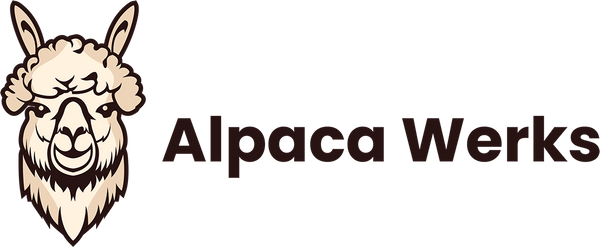Neck Tension Relief Guide

Massage Knife® – Neck Tension Relief Guide
Find comfort and ease in just minutes.The Massage Knife® is designed to help release tightness in the neck, improve circulation, and promote deep relaxation. Follow these simple steps to enjoy a safe, soothing self-massage.
Before You Begin
- Set the mood: Choose a quiet, comfortable space. Relax your shoulders and take a few slow, deep breaths.
- Optional: Apply a light layer of massage oil or lotion to reduce friction. Avoid oils that spoil quickly.
- Check comfort: Never press hard enough to cause pain or bruising.
Step-by-Step Instructions
1. Warm Up the Area
- Use the Cupped Edge of your Massage Knife® on each side of your neck.
- Start just below your ear and glide downward toward your shoulder.
- Repeat 5–10 gentle strokes per side to warm and loosen the muscles.
2. Target Knots & Trigger Points
- Switch to the Precision Point to gently press into tight spots along the upper shoulder and base of the skull.
- Hold gentle pressure for 5–10 seconds, then release.
- Move slowly to find and release each knot.
3. Sweep & Smooth
- Use the Smooth Edge in long, downward strokes from the base of your skull to your upper back.
- This helps drain tension, relax the muscles, and improve circulation.
4. Relieve the Base of the Skull
- Using the Crowned Edge, cradle the base of your skull and apply light rocking motions.
- This can help ease tension headaches and relax overworked neck muscles.
5. Finish with a Gentle Comb
- Use the Grip/Comb section to lightly comb the neck and shoulder muscles.
- Keep strokes slow and even to calm the nervous system.
Tips for Best Results
- Keep your shoulders relaxed throughout the massage.
- Use slow, mindful movements—this is about releasing, not rushing.
- If you experience sharp pain, stop immediately.
Safety Notes
- Avoid massaging over open wounds, swollen areas, or skin irritations.
- Consult your doctor before use if you have a medical condition, injury, or circulatory issues.
- This guide is for general wellness and is not a substitute for professional medical advice.
